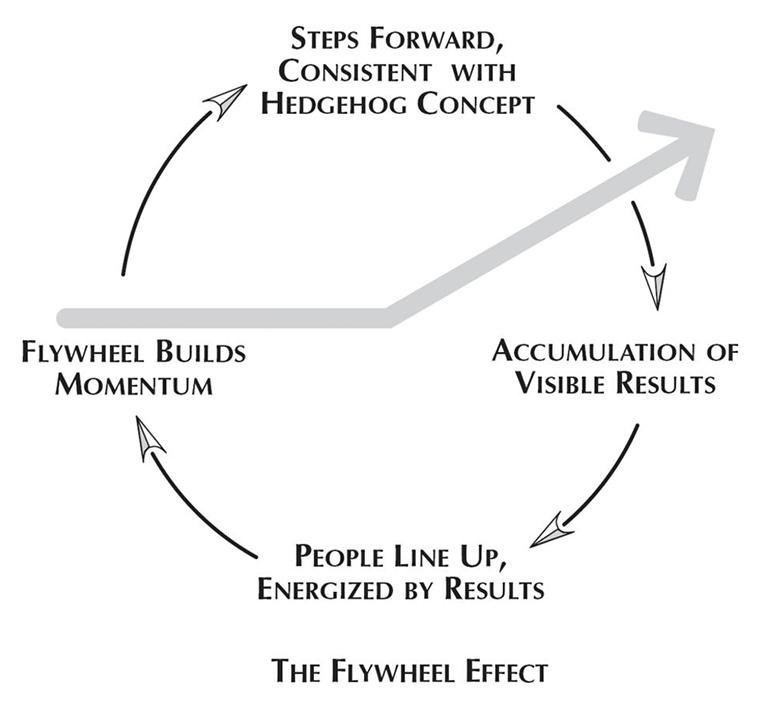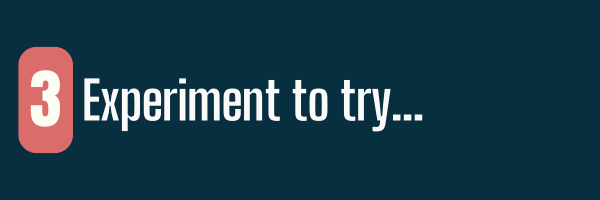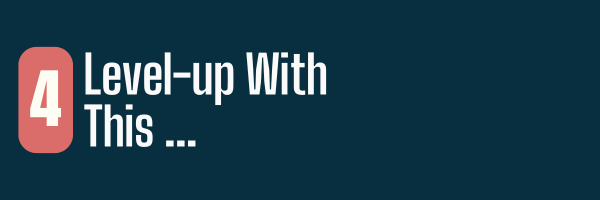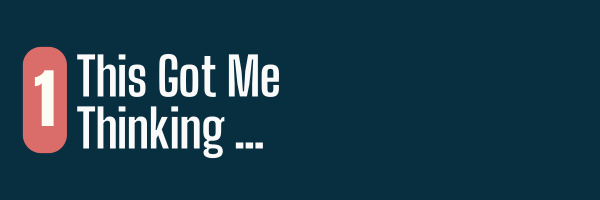
Jim Collins’ Hedgehog Concept is one of the clearest frameworks I’ve found for finding focus and understanding in your work. There are of course many others, but this one really stuck for me.
Why does focus matter? Because it is the antidote to drift. It helps you say “no” to good opportunities so you can say “yes” to the right ones. It aligns your time, energy, and passion. And if you lead a team, it helps them understand the deeper purpose behind the work too.
What Inspired the Hedgehog Concept?

Isaiah Berlin, in his essay The Hedgehog and the Fox, divides thinkers into:
🦊 Foxes – Know many things, pursue many ends, embrace complexity, and adapt to the messiness of reality.
🦔 Hedgehogs – Know one big thing, see the world through a single defining idea, and simplify complexity under a unifying vision
Berlin does not suggest one is better—just different approaches to thinking, writing, and living.
Later, Jim Collins adapted this to organizations, suggesting that great companies act more like hedgehogs, focusing relentlessly on “one big thing” they can do better than anyone else.
The Three Circles: Finding Your Hedgehog
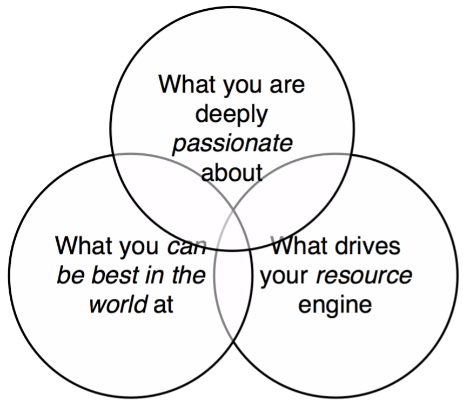
The Hedgehog Concept emerges at the intersection of three brutally honest questions:
1️⃣ What are you deeply passionate about?
What work lights you up even on hard days? What hard problems are you happy to solve? Passion is what sustains you when progress is slow. It’s not what’s fashionable, but what feels alive and meaningful in your body when you’re doing it.
2️⃣ What can you be the best in the world at?
This is about realism, not ego. It’s not about what you want to be the best at, but what you can be the best at, given your strengths, context, and constraints. It often requires letting go of what you’re merely good at to focus on what you can uniquely excel in.
3️⃣ What drives your economic engine?
What sustainably supports you financially while aligning with your values? For a clinic, this might be services that provide consistent revenue while delivering high patient value. For an individual, it may be identifying services, programs, partnerships or offerings that are both meaningful and economically viable.
Where these three circles overlap is your Hedgehog Concept.
Checkout this 3-minute video below where Jim explains the HHC and how to build your own personal one.
Why it Matters?
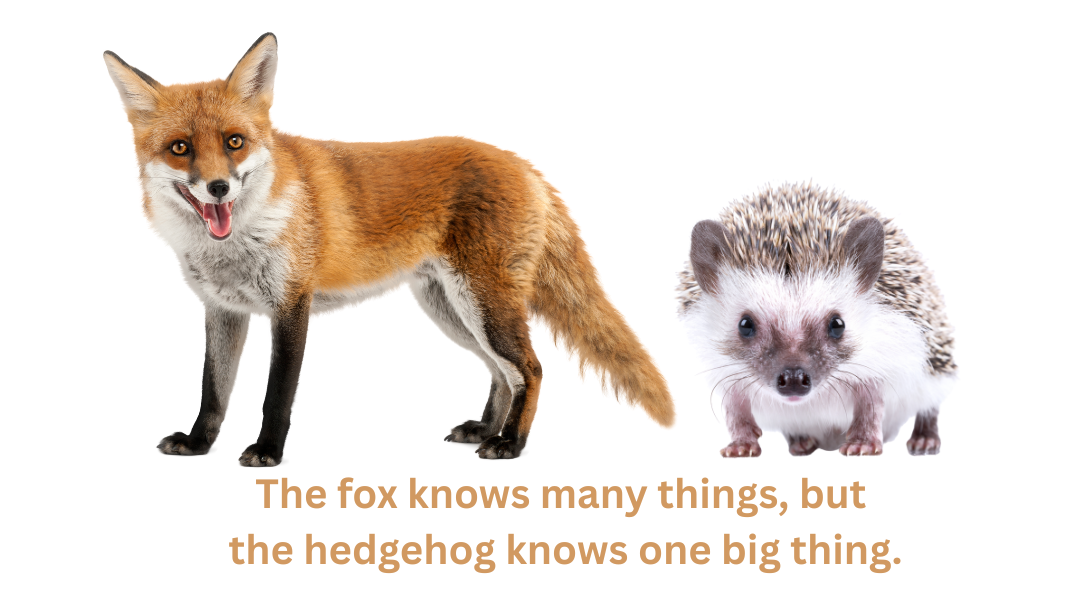
Collins and his team studied 1,435 companies and found only 11 that made the leap from good to great. Each refined and aligned around their Hedgehog Concept over years, not weeks. It became their filter for decision-making, recruitment, program design, and resource allocation.
This is not a quick strategy hack; it is a deep, clarifying framework that protects you from the temptation to chase every opportunity and the fear of missing out.
If there is two standout ways the Hedgehog Concept has helped me, it’s these:
- It has made it easier to say yes to the right things—and, more importantly, to say no to the endless opportunities and decisions that come my way in leadership, clinical life and life in general.
- This clarity empowers others. When your team understands the what the focus is, they can make aligned decisions without constant direction. It helps them learn, grow, and improve their decision-making skills, building confidence as they evaluate opportunities, refine processes, and contribute creatively. They stay connected to what matters while seeing how their work fits into the bigger picture.
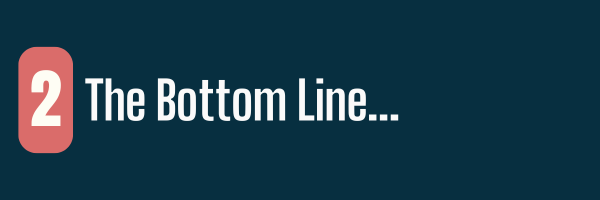
The Hedgehog Concept provides clarity. The Flywheel creates momentum.
What is The Flywheel?
Imagine a heavy flywheel on an axle. At first, it takes immense effort to push, barely moving an inch. But with consistent, aligned effort, it begins to turn, gaining speed until momentum builds, and it spins almost effortlessly.
Collins writes: “There is no single defining action, no grand program, no one killer innovation, no solitary lucky break, no miracle moment; rather, the process resembles relentlessly pushing a giant heavy flywheel.”
The Flywheel isn’t about one big push or a heroic moment. It’s about cumulative effort. Small, consistent, aligned actions—made week after week, year after year—compound, creating unstoppable momentum.
In a clinical leadership context, your Flywheel might look like:
✅ Identify your Hedgehog-aligned people, services, and partnerships—and focus relentlessly on delivering them well.
✅ Make small weekly improvements to your processes.
✅ Share wins and learnings consistently with your team to build collective belief.
✅ Align hiring, training, and care delivery around your “one big thing.”
Over time, what once felt heavy begins to move on its own. Your team feels it. Your patients feel it. And you feel it.
This is one way how good clinics, programs, and leaders can become great.
